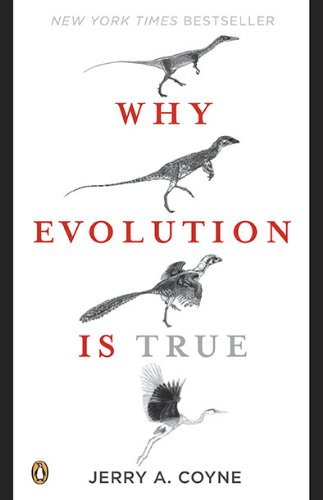Convergent Evolution in Mammals and Marsupials
The most famous example of different species filling similar roles involves the marsupial mammals, now found mainly in Australia (the Virginia opossum is a familiar exception), and placental mammals, which predominate elsewhere in the world. The two groups show important anatomical differences, most notably in their reproductive systems (almost all marsupials have pouches and give birth to very undeveloped young, while placentals have placentas that enable young to be born at a more advanced stage). Nevertheless, in other ways some marsupials and placentals are astonishingly similar. There are burrowing marsupial moles that look and act just like placental moles, marsupial mice that resemble placental mice, the marsupial sugar glider, which glides from tree to tree just like a flying squirrel, and marsupial anteaters, which do exactly what South American anteaters do.
Notes:
Although they have very different reproductive strategies, the two groups have many parallels in species adapted to the same environments.
Folksonomies: evolution convergent evolution convergence
Taxonomies:
/pets/reptiles (0.648186)
/science/biology/zoology/endangered species (0.393248)
/pets/birds (0.390096)
Keywords:
marsupial sugar glider (0.932020 (neutral:0.000000)), marsupial mammals (0.883002 (negative:-0.305017)), marsupial anteaters (0.830845 (neutral:0.000000)), South American anteaters (0.802107 (neutral:0.000000)), marsupial mice (0.790159 (negative:-0.464605)), placental mammals (0.772497 (negative:-0.397246)), placental moles (0.740392 (negative:-0.438118)), placental mice (0.709804 (negative:-0.382979)), Convergent Evolution (0.662069 (positive:0.203785)), marsupials (0.658312 (negative:-0.044399)), familiar exception (0.642661 (negative:-0.395261)), Virginia opossum (0.638538 (negative:-0.395261)), famous example (0.635233 (neutral:0.000000)), anatomical differences (0.630588 (neutral:0.000000)), similar roles (0.627483 (neutral:0.000000)), reproductive systems (0.626282 (positive:0.439446)), different species (0.610854 (neutral:0.000000)), advanced stage (0.609681 (positive:0.531866)), placentals (0.580490 (positive:0.435694)), groups (0.479696 (positive:0.207154)), parallels (0.460568 (neutral:0.000000)), pouches (0.450881 (negative:-0.248184)), squirrel (0.446088 (positive:0.217757)), strategies (0.441123 (positive:0.203785)), environments (0.440765 (neutral:0.000000)), world (0.439616 (negative:-0.283713)), Australia (0.438985 (neutral:0.000000)), placentas (0.437083 (neutral:0.000000))
Entities:
Virginia:StateOrCounty (0.753282 (negative:-0.395261)), Australia:Country (0.743502 (neutral:0.000000))
Concepts:
Marsupial (0.955199): dbpedia | freebase | opencyc
Mammal (0.680714): dbpedia | freebase | opencyc
Eutheria (0.590358): dbpedia | freebase | opencyc | yago
Metatheria (0.559422): dbpedia | freebase | yago
Theria (0.526141): dbpedia | freebase | yago
Placenta (0.474149): dbpedia | freebase | opencyc
Monotreme (0.470403): dbpedia | freebase | opencyc
Xenarthra (0.445434): dbpedia | freebase | opencyc






